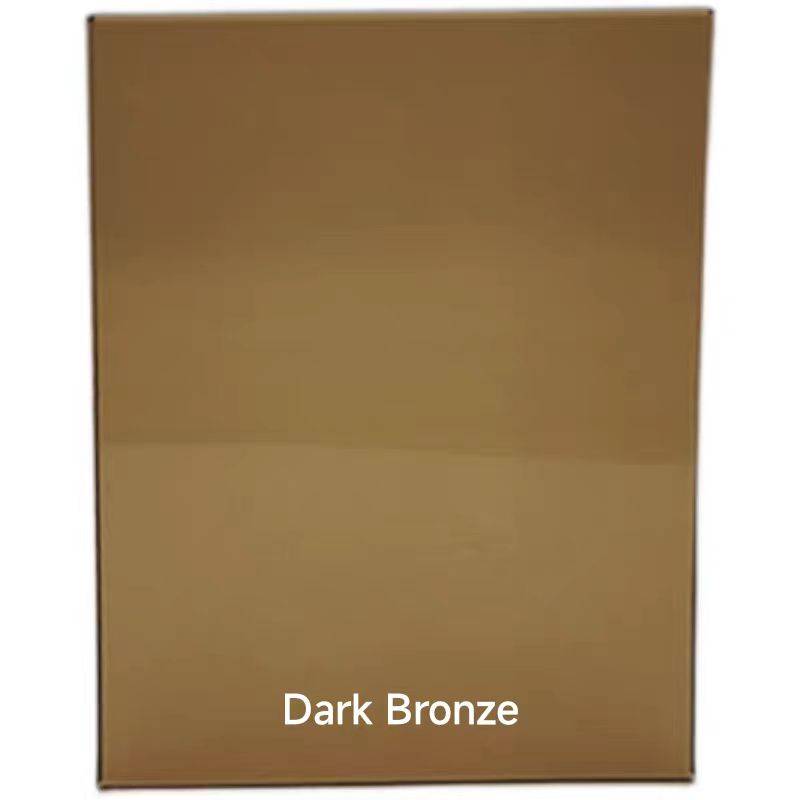

The Importance of Fully Tempered Glass in Modern Architecture
In the ever-evolving landscape of modern architecture and design, materials play a crucial role in determining the aesthetic, functional, and safety characteristics of buildings. Among these materials, fully tempered glass stands out for its remarkable properties and versatility. This article delves into the significance of fully tempered glass, its manufacturing process, and its applications in contemporary structures.
Fully tempered glass, also known as toughened glass, is a type of safety glass that has undergone a special thermal treatment to increase its strength. The manufacturing process involves heating the glass to a temperature of approximately 620 to 670 degrees Celsius. This high temperature is followed by rapid cooling, a process known as quenching. The rapid cooling alters the internal structure of the glass, inducing compressive stresses on the surface while creating tensile stresses within its core. As a result, fully tempered glass is about five to six times stronger than standard glass of the same thickness.
One of the most significant advantages of fully tempered glass is its safety features. In the event of breakage, it shatters into small, blunt pieces rather than sharp shards, significantly reducing the risk of injury. This characteristic makes it an ideal choice for a wide range of applications, particularly in high-traffic areas such as shopping malls, airports, and public buildings. Moreover, fully tempered glass is less likely to break under extreme temperature fluctuations or thermal stress, making it a reliable option for external facades and skylights.
Another noteworthy property of fully tempered glass is its ability to withstand environmental challenges. Fully tempered glass is not only strong but also offers excellent resistance to impacts, wind loads, and thermal stresses. This durability is paramount, especially in regions susceptible to harsh weather conditions, including high winds, hail, and heavy snowfall. The strength and resilience of fully tempered glass contribute to the longevity and structural integrity of buildings, ensuring that they can withstand the tests of time and nature.

In terms of aesthetics, fully tempered glass enhances the visual appeal of a structure. It provides a sleek and modern look, allowing for expansive views and an abundance of natural light. Architects often utilize fully tempered glass for curtain walls, windows, and doors, creating transparent barriers that seamlessly merge indoor and outdoor environments. The clarity and brightness offered by this material can significantly improve the ambiance of commercial and residential spaces, fostering a sense of openness and connectivity with nature.
Additionally, fully tempered glass is highly customizable. It can be produced in various colors, finishes, and sizes to meet specific design requirements. Furthermore, advancements in glass technology have led to the development of energy-efficient and solar control glass options. These products not only enhance comfort by reducing glare and solar heat gain but also contribute to sustainability efforts by optimizing energy usage in buildings.
The applications of fully tempered glass are vast and varied. In the realm of architecture, it is commonly used for facades, glass balustrades, shower enclosures, and glass partitions. Beyond buildings, it is also utilized in the automotive industry, in the manufacturing of screens for smartphones and tablets, and in a myriad of other products ranging from electronics to furniture.
In conclusion, fully tempered glass serves as a cornerstone in modern architecture due to its unmatched combination of strength, safety, and aesthetic appeal. As architects and designers continue to push the boundaries of creativity, the demand for innovative materials like fully tempered glass will only grow. Its ability to enhance both the visual and functional aspects of structures makes it an invaluable resource in the pursuit of creating living and working spaces that are not only beautiful but also safe and durable. The future of architectural design is undoubtedly bright with the continued integration of fully tempered glass into our built environment.